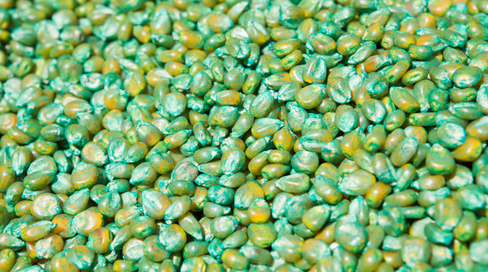
Washington, DC–(ENEWSPF)–May 29, 2015. The Environmental Protection Agency (EPA) announced a proposed a new rule yesterday restricting the use of pesticides on crops when honey bees are present for contracted pollination services. While the rule would apply to nearly all insecticides, including neonicotinoids that have been linked to bee population declines, it would not address the most widespread and most problematic use of neonicotinoids—coatings on seeds, particularly corn and soybeans, used on over a 120 million acres of American farmland.
“EPA is continuing to ignore the elephant in the room – insecticide seed coatings. This unnecessary application of insecticides pervades and contaminates every aspect of a bee’s environment – its food, its water, its entire habitat,” said Larissa Walker, pollinator campaign director at Center for Food Safety. “We can’t save bees just by limiting spraying here and there when entire ecosystems have become danger zones for pollinators.”
EPA’s plan only addresses bees’ acute exposure to insecticides, not the long term, sub-lethal effects of neonicotinoids. New science suggests sub-lethal exposure in agricultural landscapes could be even more damaging to pollinating species, particularly wild bees, than acute exposure.
The new rule also asks states to develop voluntary protection plans. These state plans suggest farmers notify beekeepers of impending pesticide applications, and assume notification will protect all pollinators by placing the burden on beekeepers to avoid pesticide exposure. Such a system, at best, only benefits managed honey bees, not wild bees. Moreover, it does not account for the persistence of systemic pesticides in the environment long after application, which affects all pollinating species. In addition to wild bees, research has demonstrated negative impacts from neonicotinoids on monarch butterflies and birds, also unaccounted for in EPA’s new rule. Already, one third of North America’s native bumble bees are at risk of extinction.
“EPA is working at the edges of the problem but has yet to deal with the crux of the issue. We hope to see the agency continue to move towards more impactful pesticide restrictions in order to save the full spectrum of pollinator species,” said Walker.
Source: www.centerforfoodsafety.org








